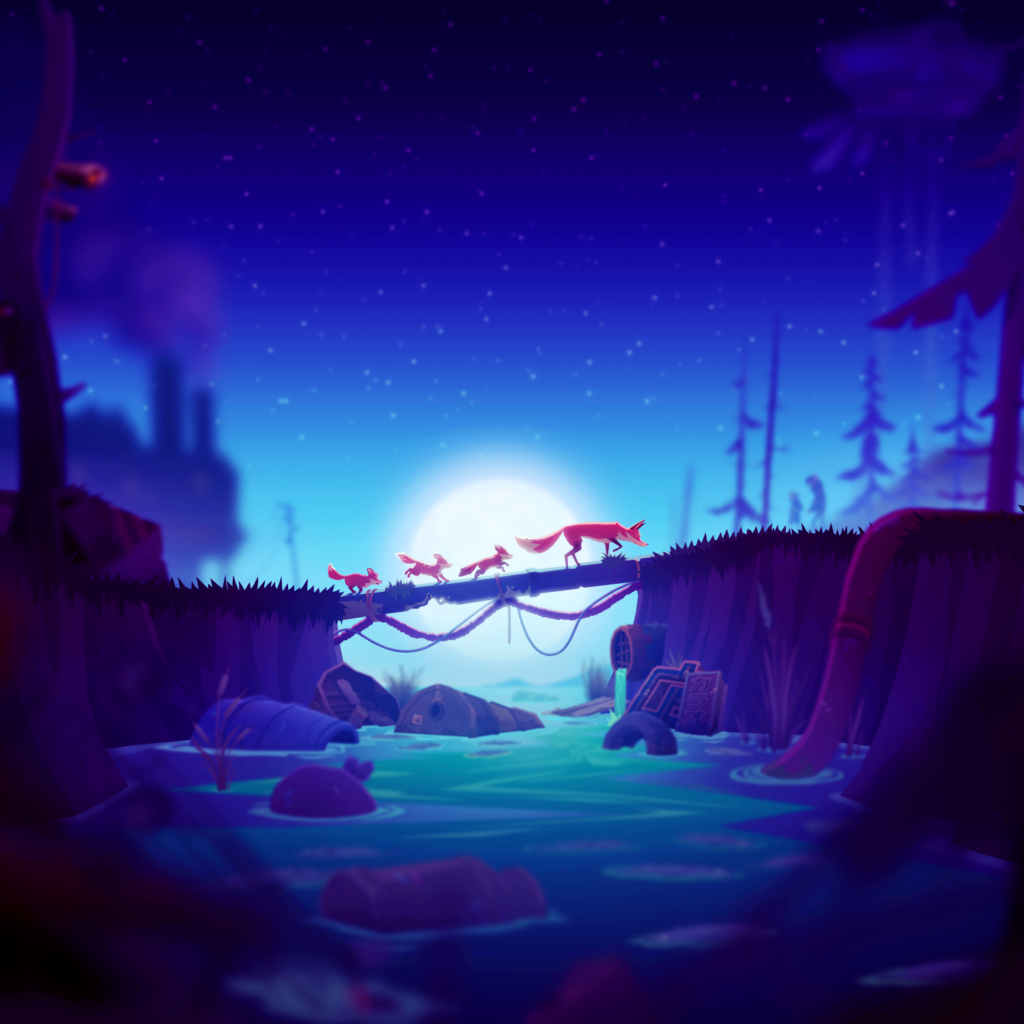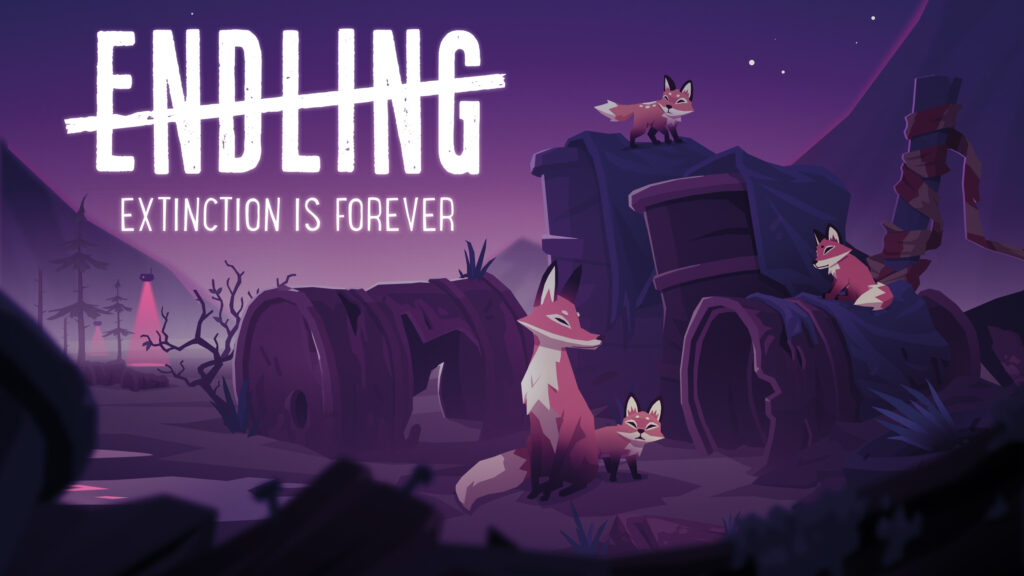
Research into the use of video games in education is on the rise, and they are cementing their position as part of the modernized, digital world. Sustainability education has also become a subject of interest among environmentally minded game developers and understanding the impact of such games is more and more important.
Author: Bernhard Richter, PR-Manager HandyGames
Video games are fun! Well, if you take away those seemingly endless and repetitive boss-fights in that one game … You just don’t get him. Frustrating. Apart from that, they are fun. By now, video games have become a big part of audio-visual culture. With their increasingly sophisticated graphics and technology (mind the computing power of a regular smartphone), they have shown themselves to be a narrative tool capable of raising awareness and inspiring us to transform our own reality. However, the world of video games has the advantage of being interactive. Players make decisions that have consequences for the situations in which they are involved. If you had the chance to save the world, wouldn‘t you do it?
Are you serious about that?
Serious games are games that have another purpose besides entertainment. But what are serious games exactly? They can tap into our human motivational needs to rethink our behavior. A good example would be the game “Through the Darkest of Times” from German indie games developer Paintbucket Games, a strategy game, that lets you play a resistance group in Berlin during the time of the Nazi regime. Not really a funny game topic, but very important in educating the gamer about historical events and the impact it still has on modern-day society. An important lesson to learn, now more than ever as history tends to repeat itself.
Environmental games are a sub-genre of serious games that also drive players to manipulate gameplay elements to alter and impact their in-game surroundings or conditions. But at the core of their design, mechanics, and aesthetics, they promote ecological consciousness through play. They rely on the player‘s curiosity, resourcefulness, instincts, and thirst for knowledge as the main motivation for gameplay.
As gaming has become a more than accepted form of media consumption, like cinema in its early stages, the diversity of themes is becoming more and more common. Gone are the times when games were only seen as a risk of becoming a mass murderer. Well, there is always that one knuckle-headed ex-politician who comes out from under a stone to blame video games. Why not music for a change? Oh, wait…
Serious games are games with a primary purpose that goes beyond entertainment. They are used to promote learning and inspire more conscious behavior. They create strong emotional memories and transform complex concepts into first-hand experiences. And with 2.5 billion gamers all over the globe, there is indeed a potential to make some significant change.

United Nations stepping into the game
In order to educate the public about environmental issues, novel and creative methodologies are required. Therefore, during the Climate Summit at the UN Headquarters in New York, the Playing for the Planet Alliance was launched by the UNEP. Members make commitments ranging from integrating green activations in games, reducing their emissions, and supporting the global environmental agenda through initiatives ranging from planting millions of trees to reducing plastic in their products. Over 25 studios from around the world – with a collective player base of over one billion have collaborated and committed to implementing green activations in and out of game such as new modes, maps, themed events, storylines, and messaging. Guiding the studios is a theme centered around conserving and restoring forests and oceans.
“Endling – Extinction is forever” by Spanish indie-developer Herobeat is one prime example of a serious game with a heavy focus on the environmental consciousness of the player:
Imagine that humanity has driven one of the most adaptable creatures in the animal kingdom – the fox – to extinction. As the last fox on Earth, the player is fighting for survival in search of the rare sources of food which are left in a dying digital world.
But they are not searching for food for themselves alone. Their clumsy kits are waiting eagerly for their return in the safety of the shelter. Until that fateful day, when something or someone wakes one of the young foxes…
The loss of one of the younglings is supposed to be a heartbreaking, gut-wrenching moment for the player. But as long as there’s hope, the vixen will try everything to get it back. It’s the players’ job to guide their vulnerable kits safely through the dystopian future of an exploited earth.
I learned something today
The core idea behind a serious game is its ability to teach something through providing the players with new knowledge, presenting research findings, or raising awareness for something in a unique way. With Endling the player is confronted with elements of environmental change a part of its narrative. No one is safe from extinction – and humanity is to blame. The game has the potential to reinforce and increase some facets of environmental consciousness by visualizing the impact of human activity on ecosystems in a novel way. Perhaps due to the game’s ability to visualize otherwise intangible subjects for its players, there is evidence to suggest that playing the game has an impact on environmental consciousness because sustainability and conservatism lie at the heart of human sensibility.
Playing games is generally a pleasurable activity. You cannot really say that Endling is a pleasure to play – sure its artwork is cute and easy on the eye, the soundtrack (featuring, among others, cellist Tina Guo) is gorgeous, but it is not fun to play. And it is designed that way. Deliberately. The end of the world as we know it is also not “fun“. And this is what the game is trying to tell you – it lets you care – for your pups. And the world.

CC0. Free for use. Specimen copy desired.
